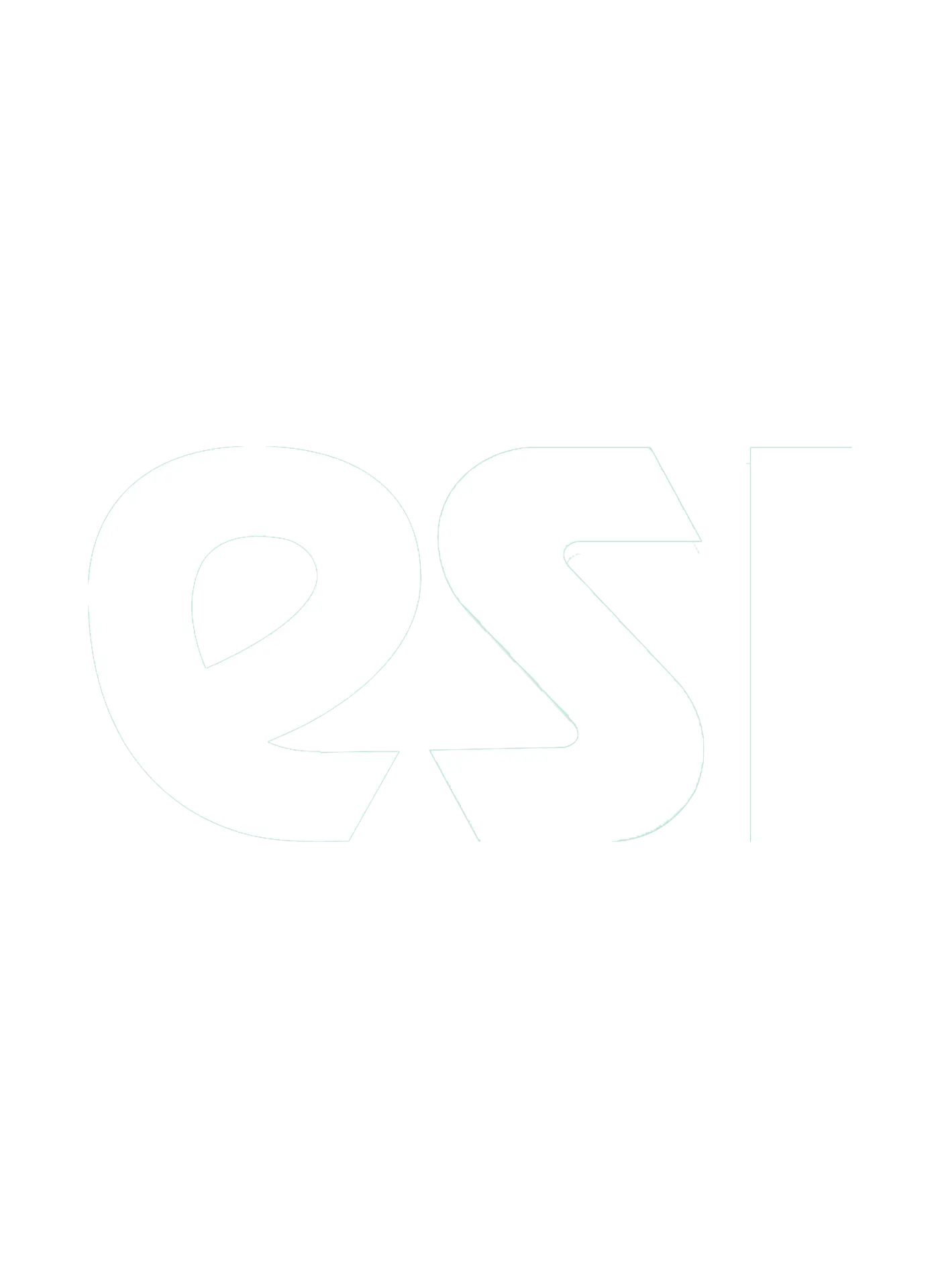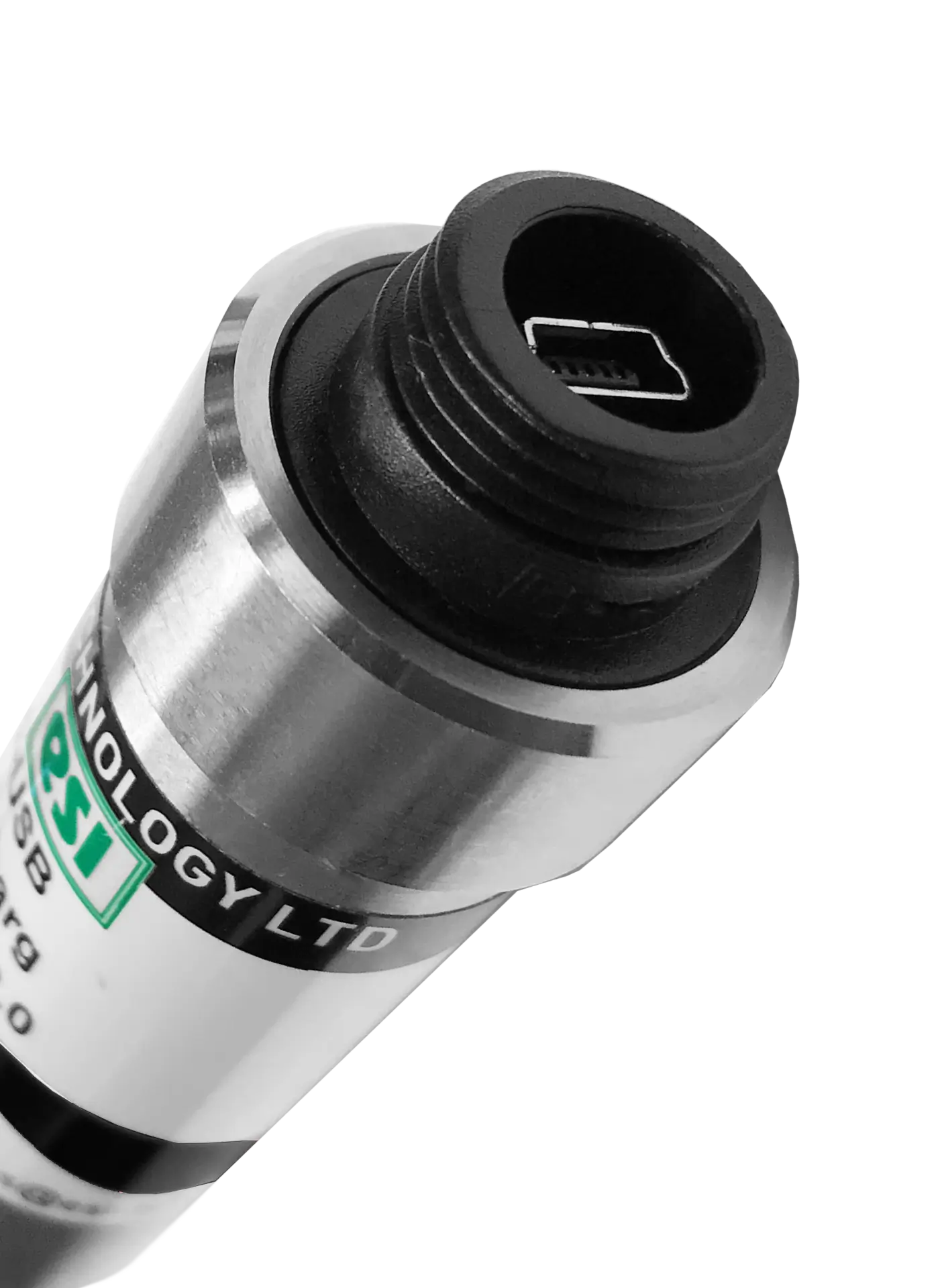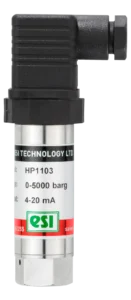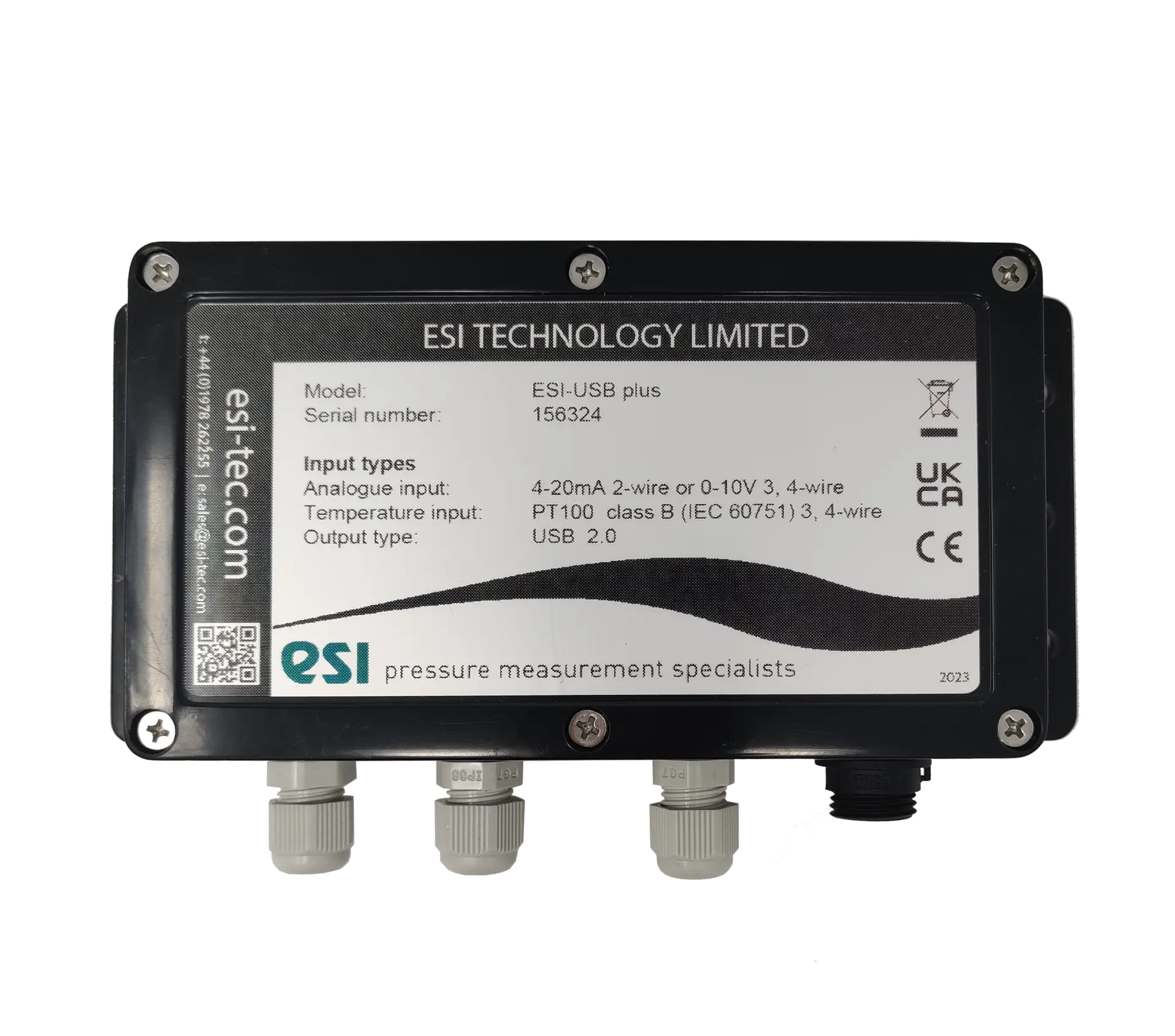As the global push towards clean energy gains momentum, hydrogen continues to emerge as a major player in the transition to greener technologies. But with its widespread use comes a unique set of challenges, particularly when it comes to safely and accurately measuring pressure in hydrogen applications. That’s where high pressure hydrogen transmitters come into play. So, what is a high pressure hydrogen transmitter and why is it so essential for hydrogen-based systems?
At ESI Technology, we’ve developed a specialist range of hydrogen-compatible pressure transmitters engineered to withstand the most demanding conditions. Built with our advanced sensor technology and precision engineering, our transmitters are designed for high pressure hydrogen environments where safety, durability, and accuracy are critical.
What is a high pressure hydrogen transmitter?
A high pressure hydrogen transmitter is a device used to accurately measure and monitor the pressure of hydrogen gas, particularly in high-pressure environments. These transmitters play a crucial role in ensuring the safety and efficiency of systems operating under extreme conditions, such as hydrogen refuelling stations, electrolysers, fuel cells, and storage systems. Unlike general-purpose pressure sensors, hydrogen-compatible transmitters are specially constructed to resist hydrogen embrittlement and maintain long-term accuracy under high stress.
At ESI Technology, we’ve taken this a step further by designing transmitters that meet the most stringent requirements of the hydrogen industry. Our solutions are capable of handling pressures of up to 5,000 bar, making them suitable for a wide variety of hydrogen-related applications, from automotive to industrial sectors.
Engineered for compatibility and safety
Hydrogen is a notoriously challenging medium to work with. It’s the smallest molecule on the periodic table, capable of penetrating and degrading many common materials. That’s why hydrogen-compatible design is critical. Our pressure transmitters are machined from a single piece of special high-strength Titanium alloy, which offers superior resistance to hydrogen embrittlement.
This one-piece construction eliminates the need for seals or welds, which are common weak points in traditional sensor designs. Without seals or welds, our transmitters offer a far higher level of integrity and safety under sustained high-pressure conditions. This also enhances long-term reliability by reducing potential leak paths, especially in applications with pressure cycling or fluctuating loads.
Silicon-on-Sapphire technology for superior performance
At the heart of ESI Technology’s pressure transmitters is our proprietary Silicon-on-Sapphire (SoS) sensor technology. This advanced sensor design provides unmatched performance when it comes to stability, durability, and precision. The SoS sensor is highly resistant to overpressure and pressure transients – an important characteristic in hydrogen systems where sudden pressure changes are not uncommon.
Thanks to the SoS construction, our transmitters maintain exceptional accuracy even in the most extreme environments. The crystalline sapphire material used in the sensor exhibits excellent chemical inertness and zero hysteresis, ensuring long-term performance and reliability. Combined with the robust titanium housing, this technology gives our hydrogen pressure transmitters a significant edge in demanding applications.
Certification and compliance for global use
To meet the varied safety requirements of industries working with hydrogen, ESI offers several compliance options. ATEX and IECEx-certified versions are available for use in hazardous environments, ensuring safe operation in areas where explosive gas atmospheres may be present. These certifications make our transmitters ideal for integration into hydrogen refuelling stations, energy storage systems, and other potentially hazardous settings.
In addition, we provide DNV-GL certification for marine and offshore applications, expanding the usability of our transmitters into hydrogen systems used in maritime and energy industries.
Precision and reliability up to 5,000 bar
Our pressure transmitters are designed to operate reliably across a wide pressure range, extending up to 5,000 bar. This capability allows ESI Technology products to be used across a diverse set of hydrogen applications, from low-pressure pipelines to ultra-high-pressure test systems.
With high resistance to pressure transients and the ability to withstand repeated overpressure events without performance degradation, our transmitters ensure continuous, accurate readings in even the harshest environments. This is critical for process control, safety, and system efficiency.
Conclusion
So, what is a high pressure hydrogen transmitter? It’s not just a sensor – it’s a cornerstone of safety and performance in hydrogen technology. At ESI Technology, we have engineered our transmitters to meet the specific challenges posed by hydrogen. From the use of advanced materials like high-strength titanium alloy, to the integration of Silicon-on-Sapphire sensor technology, our products are purpose-built for the hydrogen age.
If you are working in hydrogen fuel systems, refuelling infrastructure, or high-pressure hydrogen storage, you need a solution that delivers reliable performance, absolute safety, and enduring accuracy. That’s exactly what ESI Technology delivers.
For more information about our hydrogen-compatible pressure transmitters or to discuss your specific requirements, contact our team today.





